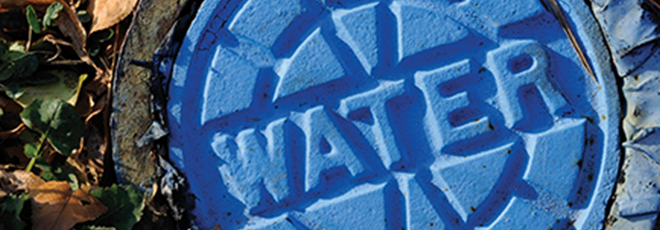It goes without saying: a total fire loss is a devastating event. One that may take years to recover from – and some businesses never do.
Most fires can be prevented; however, very often the cause of a fire is entirely unforeseen. So when they do happen, it’s important to minimize the damage as much as possible.
One of the best ways to do this is through careful planning and construction.
Let’s look at three ways to make that happen.
1. Fire detection
Bottom line? Installing a fire detection system, if you haven’t already, is highly recommended.
2. Sprinkler systems
They also require annual inspections by a qualified sprinkler system contractor to make sure they’re fully functional. (Your insurer should routinely ask for sprinkler adequacy reports and annual inspection reports.)
Bottom line? Even though local building codes don’t always cite sprinkler systems as a requirement, they should always be considered when reviewing your building plans.
3. Fire separations
These walls can have doors and windows provided that the former has the same fire rating as the wall and the latter is protected. An example of window protection is a rolling shutter that’s held open by a fusible link which melts from the heat of a fire and drops the shutter closed.
Bottom line? If you’re considering an addition to your current building or a new building, consider installing fire walls. The additional cost is significantly outweighed by the potential benefits.
For them to work, each of these solutions must be customized to your business by a professional based on the building’s occupancy, size, life safety issues and local building code. But even where local building codes don’t require these solutions, there’s a good chance it makes sense to implement them. After all, this ounce of prevention might save you years of recovery.




